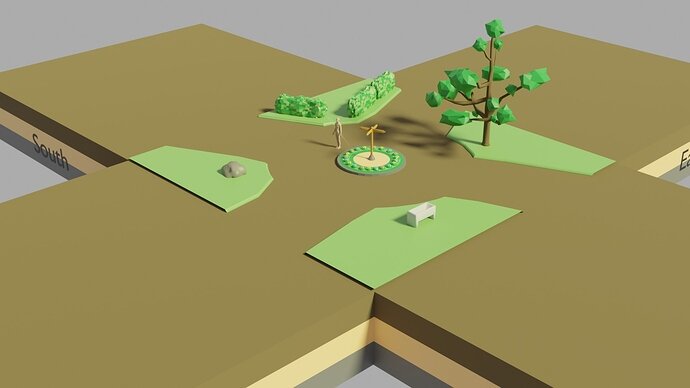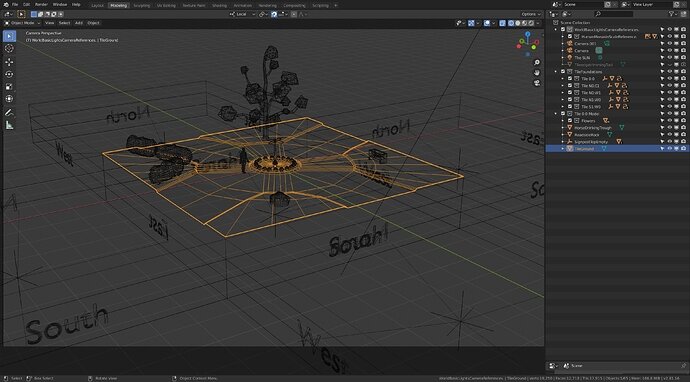I am happy with a longer time frame series of events running separately.
For me these events can get me to make something I would never bother or conceive making otherwise. Most things I play with are hundreds of hours and unsuited to such short creation. They make me limit by ambition! But often have to look up how to do different things.
At the risk of disrupting this thread. How about a real collaboration? I wondered if we could set up a single world/scene tile by tile. Based on those tile type scenes some make. (I never have)
So we start a world with an opening post of one tile. It, if square, could be hex, has four sides new tiles can be added. So people claim a square, and need to make it in a time period. Popular joining sides will get more claims so a vote can pick which goes in at the end of the time. It has to connect reasonably logically to the original and not close off following tiles.
Basically the first tile is just a crossroads. after that the next tile might pull towards a forest on one path, a village on another etc. As it expands it quickly has more tiles to use than we have potential creators.
Uploaded selected tiles, joined to the starting one and posted for the next round.
It will require more discipline like scales. A sample humanoid on tile one?
May be too ambitions but more on the lines of that game jam thing.



